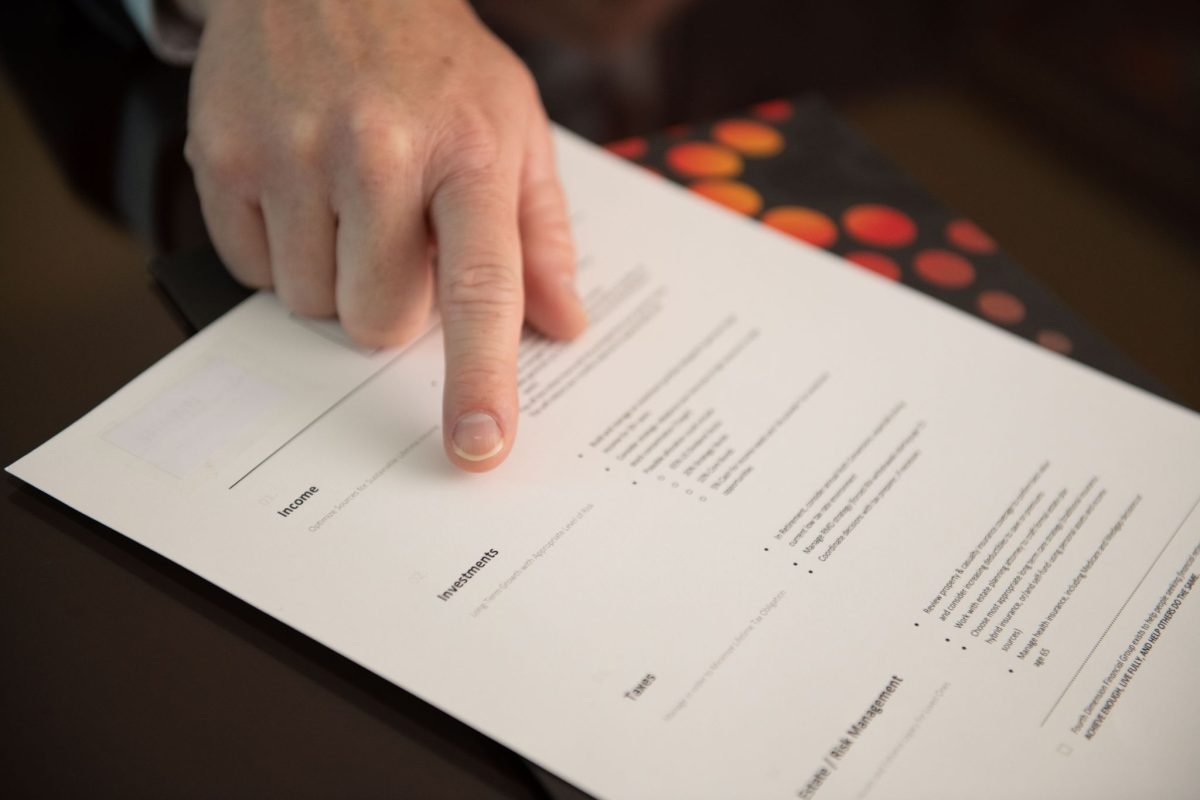When investors look at their account statements during the accumulation (savings) phase of their life, they will generally process what they see as a single, lump sum amount. “I have $106,000 in the account”, or “we have $1,200,000 in our accounts.” This makes perfect sense, so why even mention it?
When planning for a lengthy retirement, it’s no longer as simple as identifying the amount of money in your accounts. Because when retiring, the fundamental meaning of the money changes quite dramatically. Instead of seeing $635,000 in the accounts, it’s more necessary to see $47,400 per year from the same accounts (the example assumes a 4% withdrawal rate). In other words, a pile of money means little when you’re determining how to live off of that pile of money for the rest of a decades-long life. Instead, the money must be converted into an income stream for it to have any real meaning for a retiree.
With that in mind, here’s a big bummer when it comes to money, at least if you hope to retire. You have much less liquidity than you thought. If your $300,000 nest egg needs to be used for income, you don’t have access to it. If you worry that a nursing home may be in your future, you don’t get to touch your money for anything other than the nursing home. The very process of matching money to its need that I wrote about in a recent Fourth Dimension Weekly article requires that you lose access to the money in some way when you earmark it for something specific. Yes, it’s good planning, but it’s not all that fun to do.
The flipside of all this is that once you’ve matched the money you have to the needs you’re likely to experience, any extra can be fully liquid for the fun stuff. If there’s not enough money left over for the fun stuff after you’ve built your plan, work longer or get a part-time job. In other words, be as deliberate as possible and you get to sleep well having planned well, but you also get to have plenty of fun, too! The challenge is to shift your thought process from thinking you have a pile of money that’s completely accessible to determine what the money does for you instead. It’s not a simple mental shift but a very useful one if you’d like to have both financial security and good old-fashioned fun.
Recent Articles

Show Your Work: Why Transparency Matters in Retirement Planning

Unlocking the Mystery of Income Taxes

Social Security Strategy: Do You Have One?

Pension Decision: Just One Critical Piece of Information Is Needed to Decide



